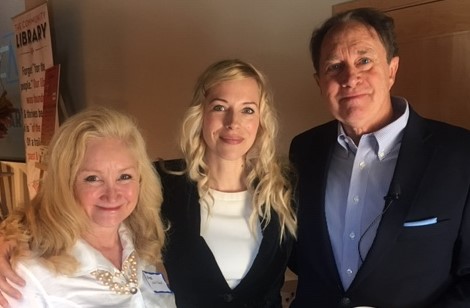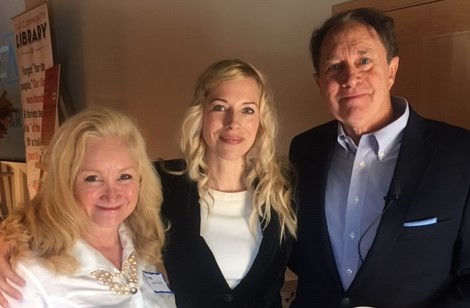
Brothers and authors Dan and Chip Heath, back in 2013, shared some concepts in their book “Decisive” that have really stuck with me. Whenever a question is framed as “whether or not” to do something, we are actually asking the wrong question. The Heaths argue that this is a trap of “narrow framing, which means we get stuck in one way of thinking about our dilemma… that we fail to consider other options.”1 We should be thinking about what we really want to solve. An example: a question should not be “whether or not to build a bridge,” but, possibly, “how do we best get education delivered to this isolated population?” and the solution could be fast Wi-Fi rather than an expensive new bridge. The Heaths further suggest that we “imagine that the option you’re currently leaning toward simply vanished as a feasible alternative. What else could you do?”2
I have been attending most all of the Blaine County Commissioner meetings each Tuesday and I have seen a pattern emerge over several different situations, whether it is: no-parking signs on private roads in the Flying Heart subdivision, a driveway in Lee’s Gulch being considered as a county road, or the use of a parcel on Buttercup Road deeded as Open Space Recreational Use changed to a nonconforming housing designation without a plat amendment process.
Two of these situations have resulted in the county embroiled in litigation. I believe that litigation could have been avoided with mediated discussion and by identifying what we really want to solve. The question at Flying Heart should not be a legal case as to “whether or not the homeowners have the right to erect no-parking signs,” but “how do we help the public use the access to the river responsibly and lessen the impacts of garbage, feces, vulgar finger flinging to homeowners, and private property trespass on homeowners’ property?”
In Lee’s Gulch, the question should not be a legal process to determine “whether or not a driveway was a historical public mining access road, but “how we locally ensure appropriate public access to BLM lands that works with the public and with the landowners living there who have worked to ensure non-motorized public access for decades rather than have the decisions made in Washington, D.C.?”
On Buttercup, the question should not have devolved to a legal battle on ‘whether or not the county could issue a duplex building permit on Open Space Recreational Use Public Use land without process, nor amending the plat,’ but ‘how do we work within our county subdivision ordinance process and the original plat developers’ intentions, possibly to increase housing?’
In all of these cases, so much angst for Wood River Valley residents could have been avoided if the County Commissioners had met with the neighbors first and heard their concerns. Neighbors live the reality of a situation on a daily basis. They know intimately what solutions are possible to accommodate a range of needs and they will live with the solution for years to come.
In all of these cases, public access and public use are involved, but in none of these situations has anyone suggested that public access be curtailed, with the exception of the county changing a public park on Buttercup to private home ownership.
I believe that local, mediated conversations on appropriate management of public access is the conversation we should be having. I will continue to speak truth to power to find win-wins in our county and Idaho.
[1] https://heathbrothers.com/ member-content/six-simple-questions-yield-better-decisions/
2 Ibid heathbrothers



